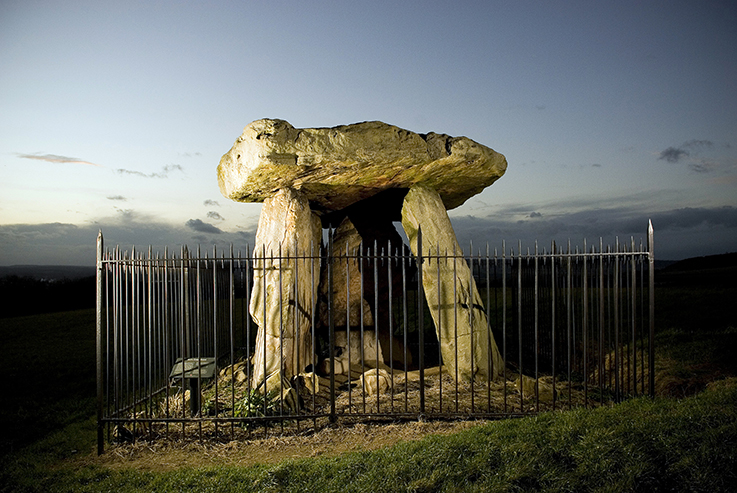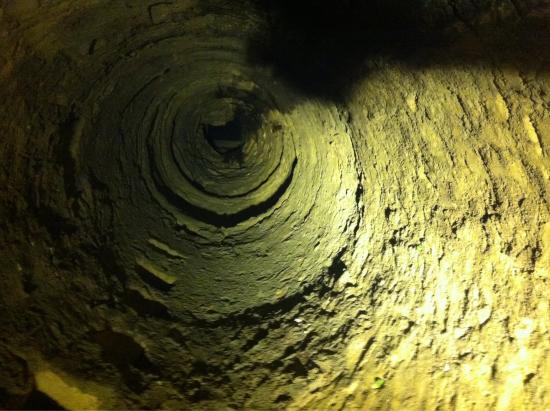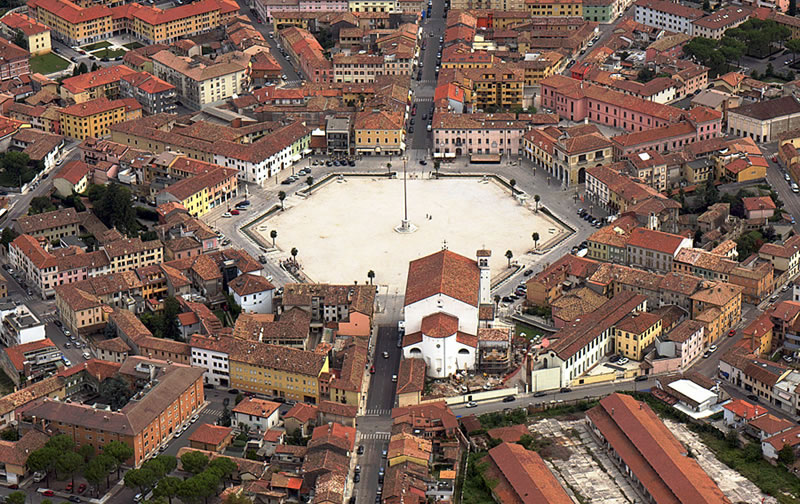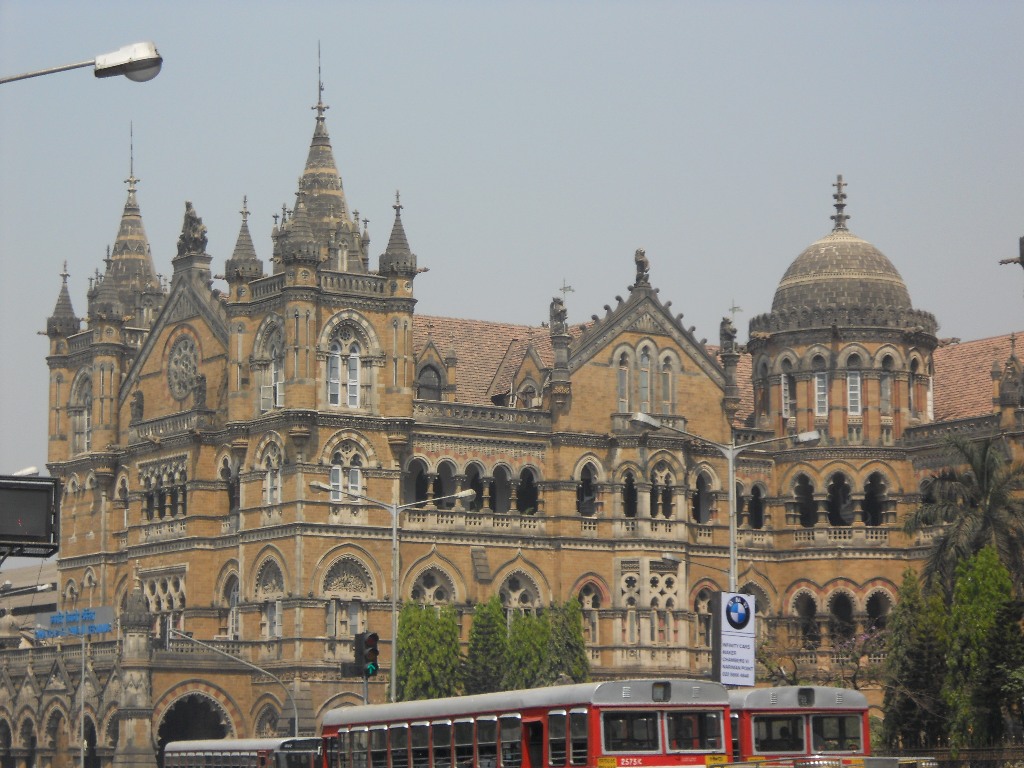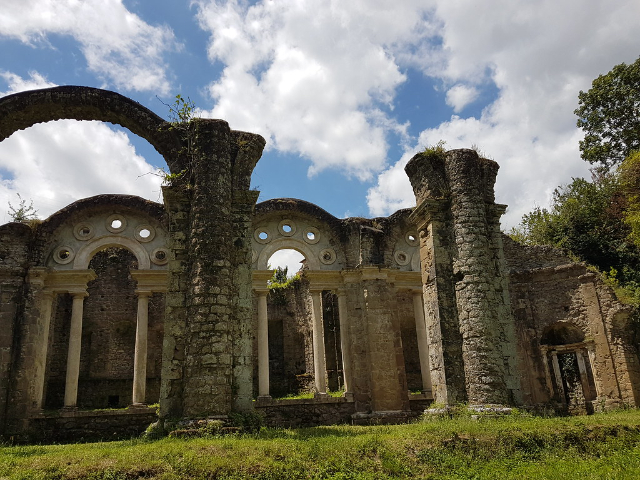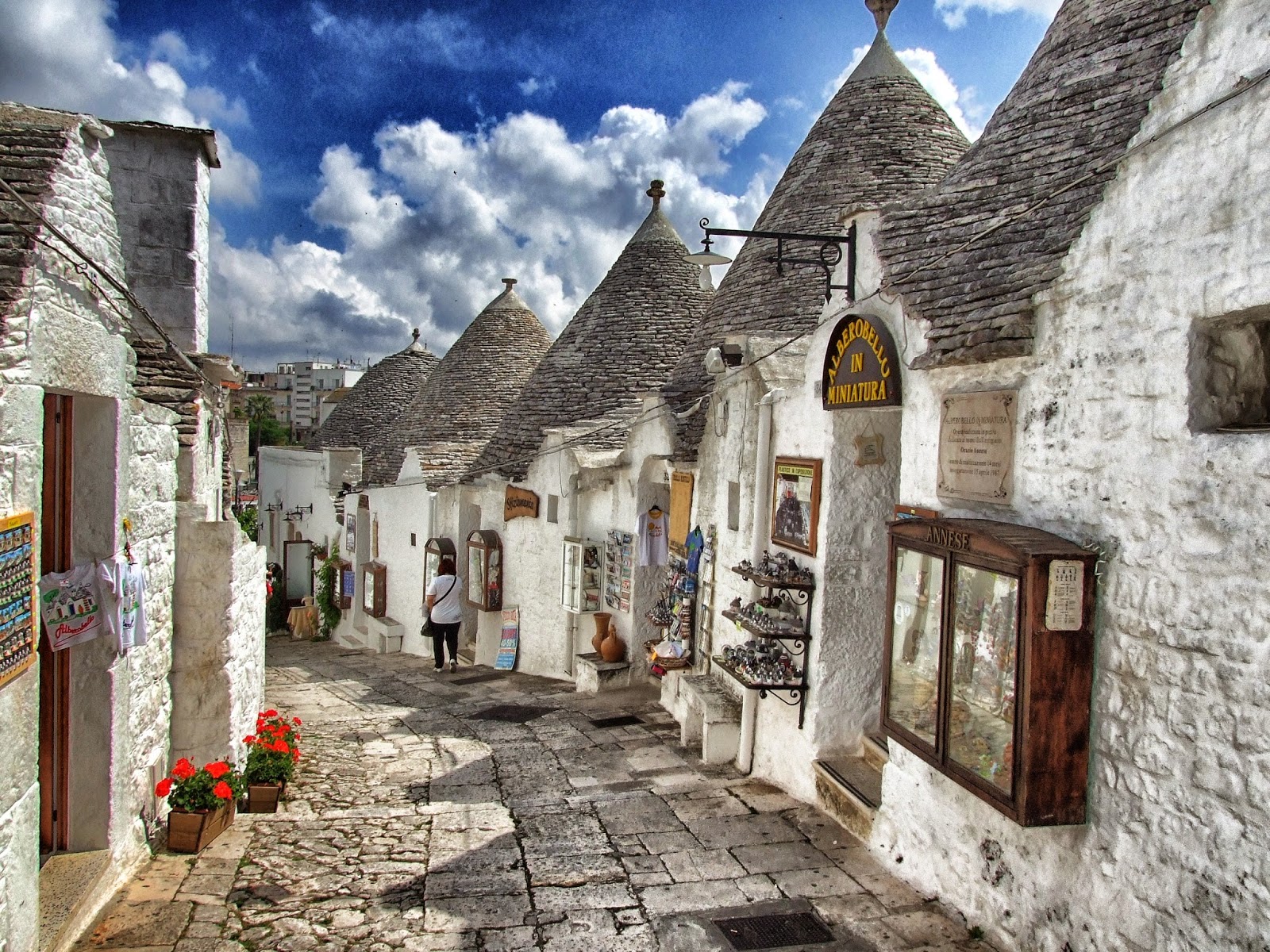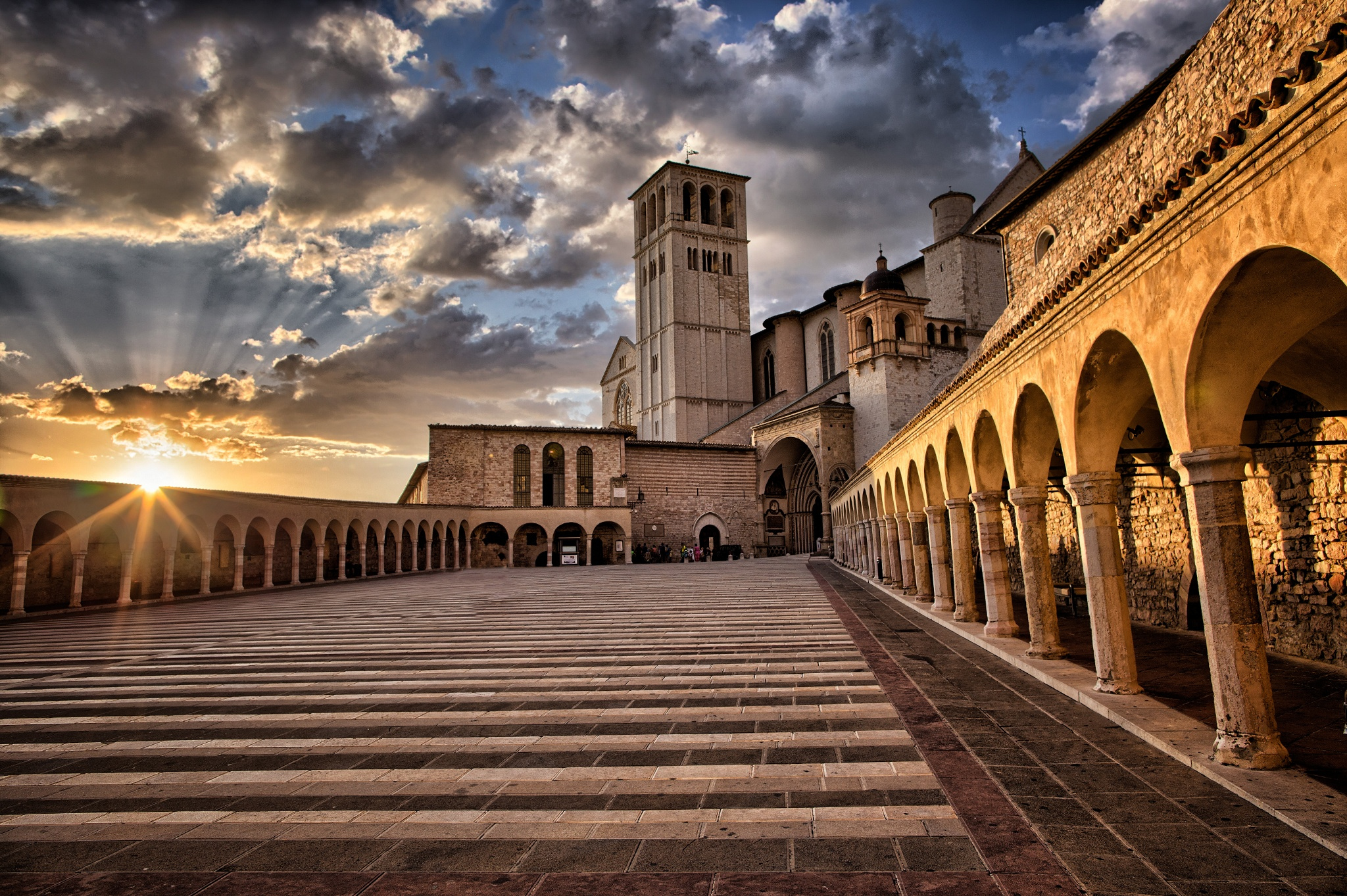Kit’s Coty House and its neighbour, Little Kit’s Coty House, are the remains of two megalithic ‘dolmen’ burial chambers. Kit’s Coty is the larger of the two monuments, with three uprights and a massive capstone, while the smaller, Little Kit’s Coty (also known as the Countless Stones), is now a jumble of sarsens.
Although the origins of their names are unknown, what is certain is that long barrows such as these were initially constructed during the early Neolithic period to act as communal burial sites.
Both are located in an open field offering fantastic views across the North Downs and Medway Valley.
The Long Barrow is oriented approximately E-W, with the stone chamber near the eastern end. The most distinctive feature of the monument is the H-shaped arrangement of 3 large sarsen slabs, capped by a further slab, which formed the main burial chamber of the Long Barrow. Although these large stones, or megaliths, now stand unsupported, they are believed originally to have been buried within a large, elongated earthen mound, of which only traces survive today. The mound was some 80m in length and 12-15m in width and was probably broader at the eastern end than at the western end. Earth and chalk for the construction of this mound was quarried from the now-infilled flanking ditches which run parallel to it. These quarry ditches are more clearly visible on aerial photographs than on the ground. Such photographs indicate that the northern ditch extended for the full length of the mound while the southern ditch was shorter, not extending as far as either end of the mound. The monument has been the subject of enquiry since 1570, but no satisfactory explanation for the name has yet been found. Historical accounts suggest that the mound was surrounded by a revetment of sarsens positioned at intervals, some of which may survive beneath the ploughsoil but most of which have been unearthed and/or destroyed, the latest as recently as 1947. Although no bones have been reported by any of the investigators of the monument, the strong similarity with other examples which have yielded such evidence allows the safe interpretation of Kit’s Coty House as a Neolithic burial monument.
